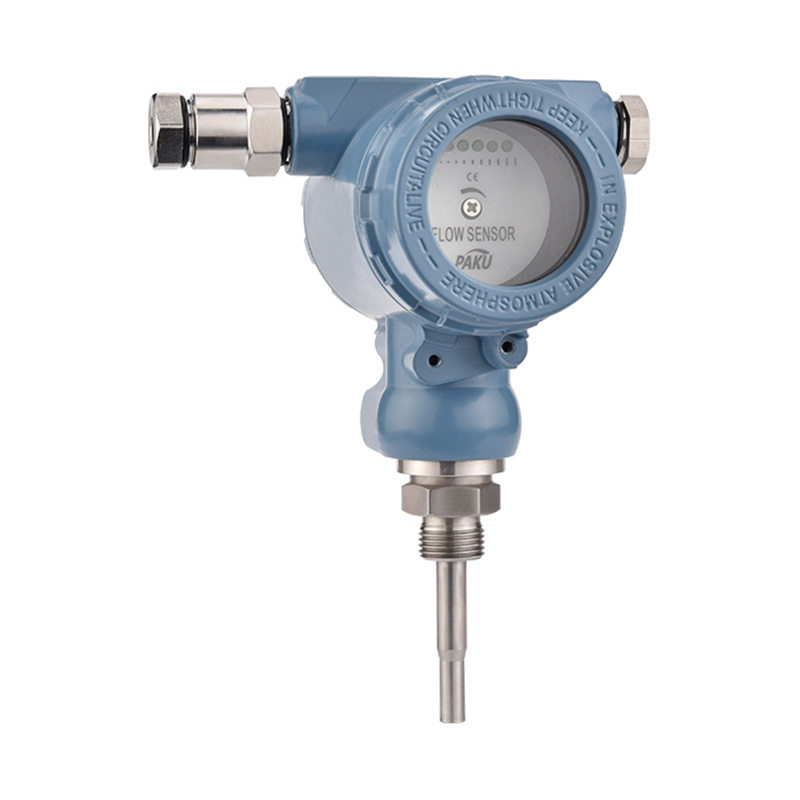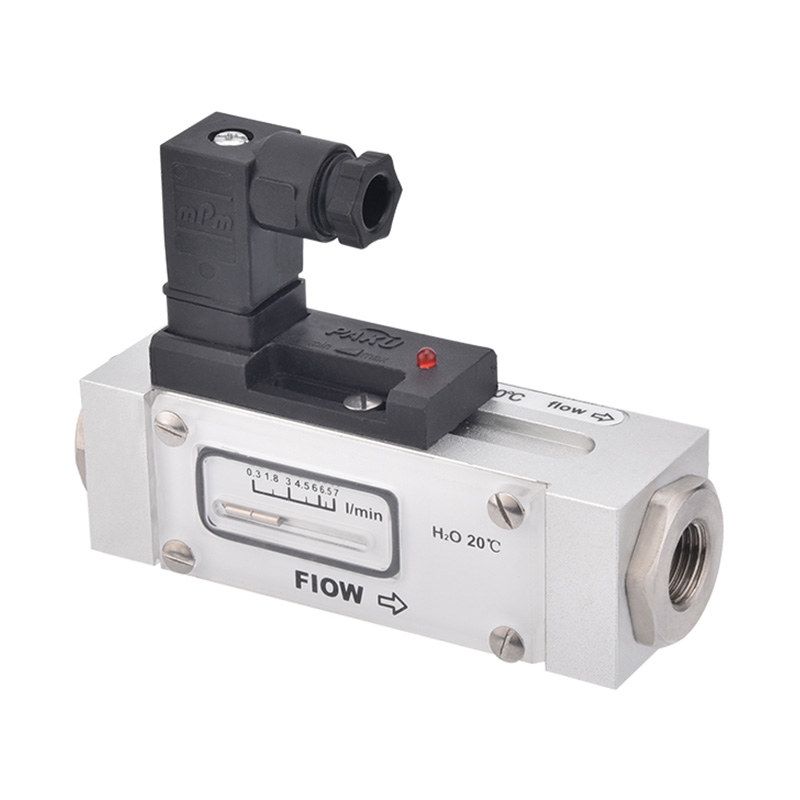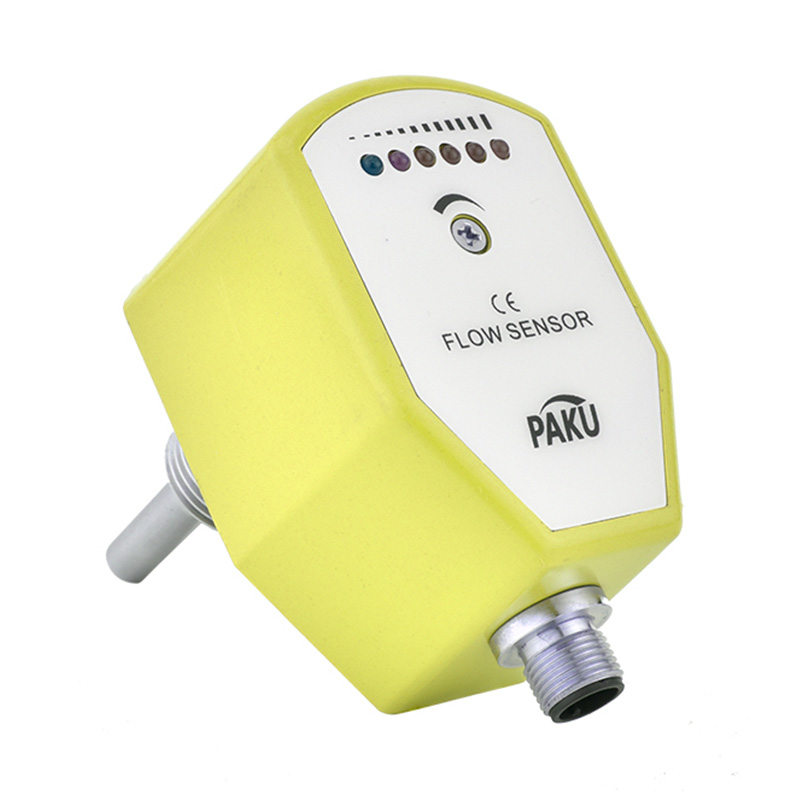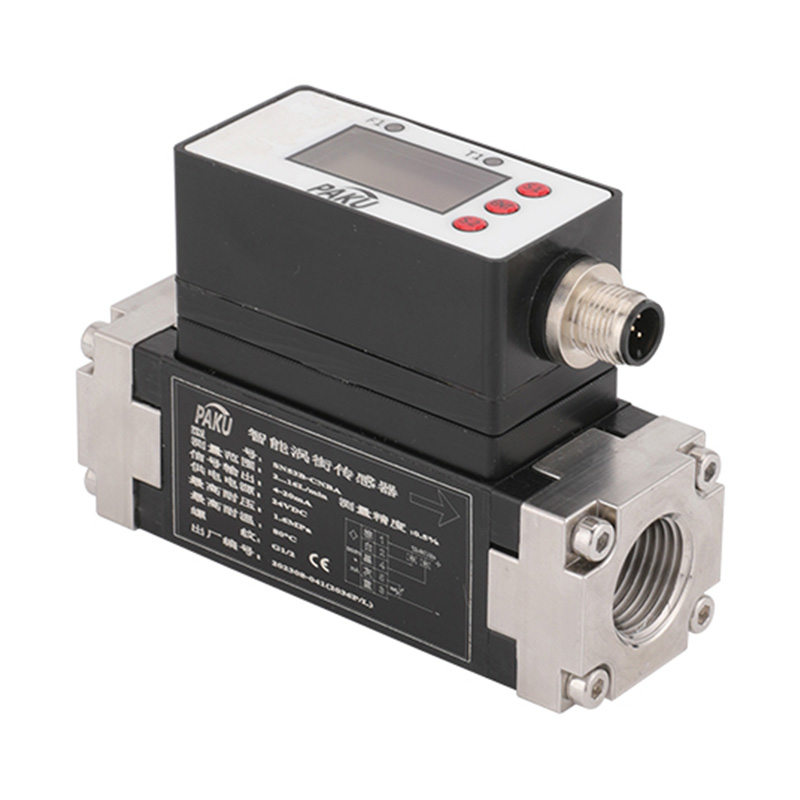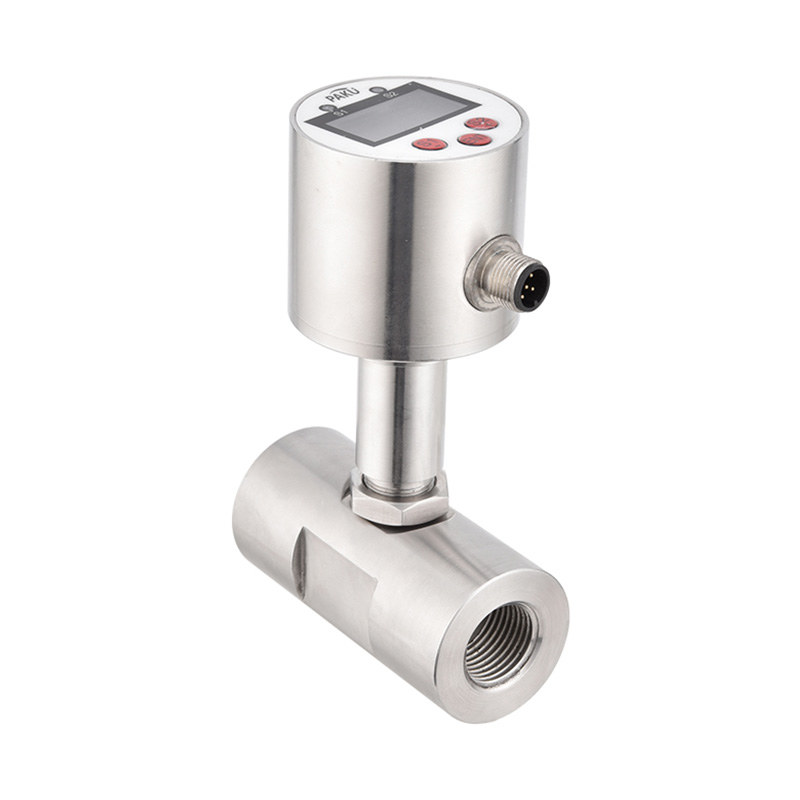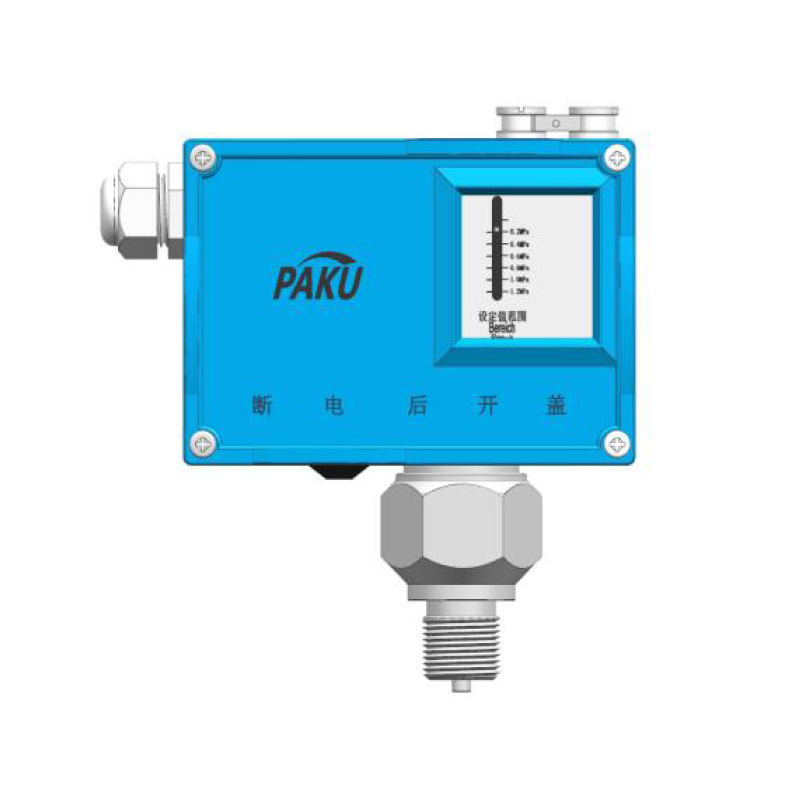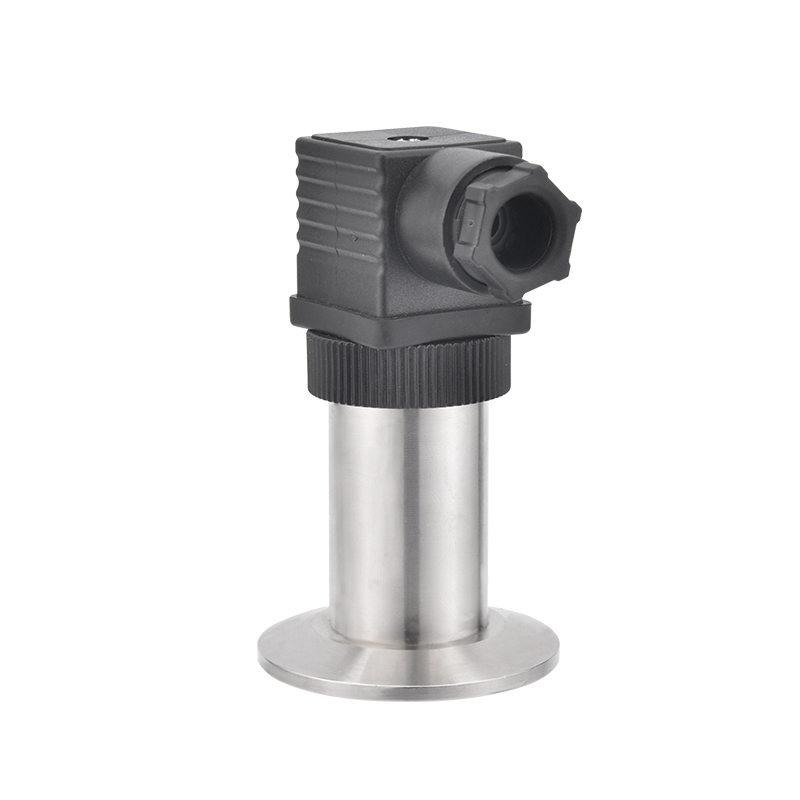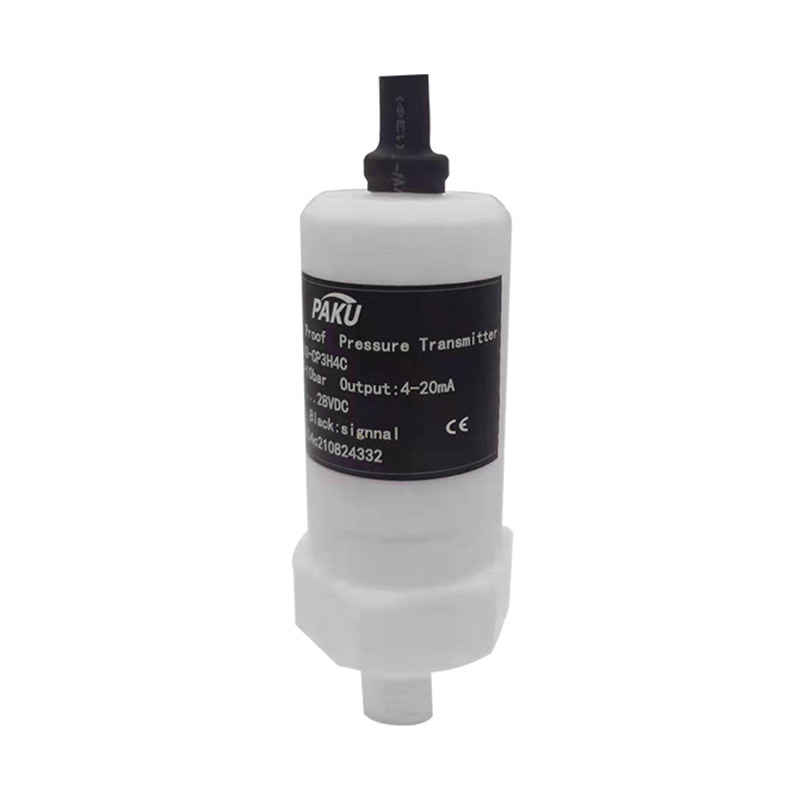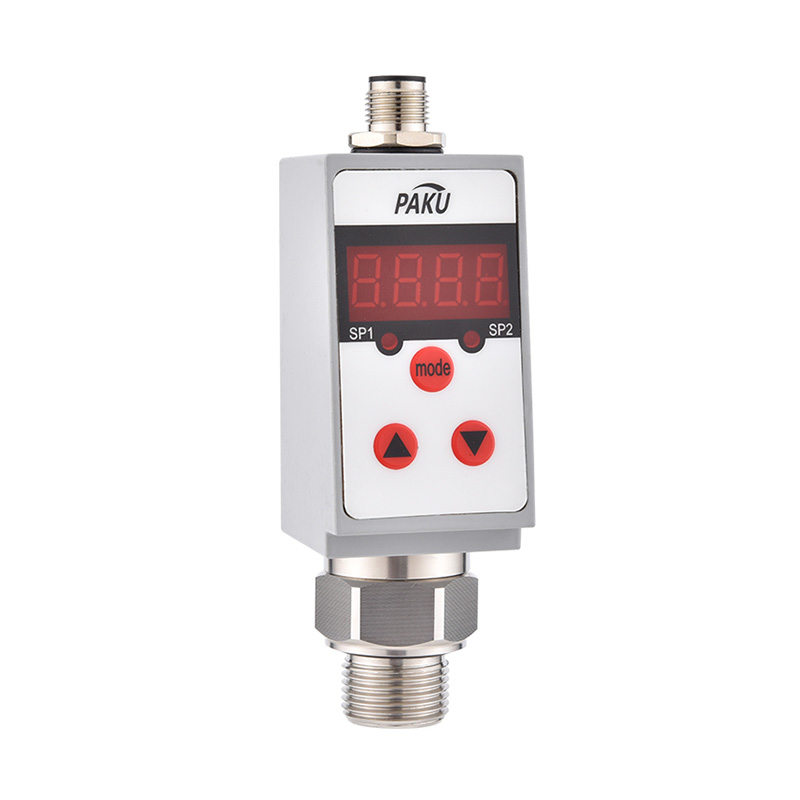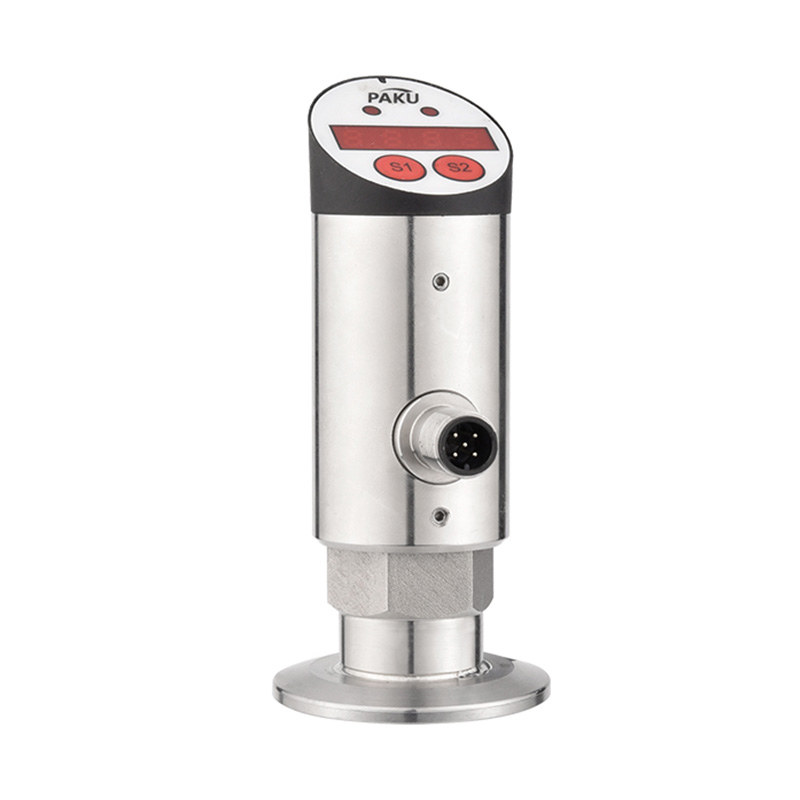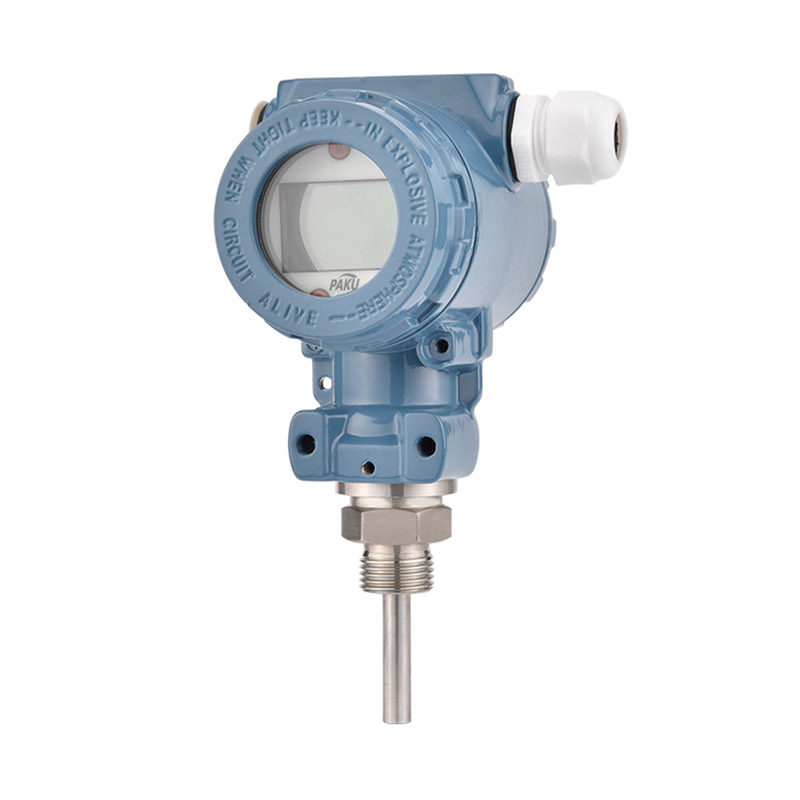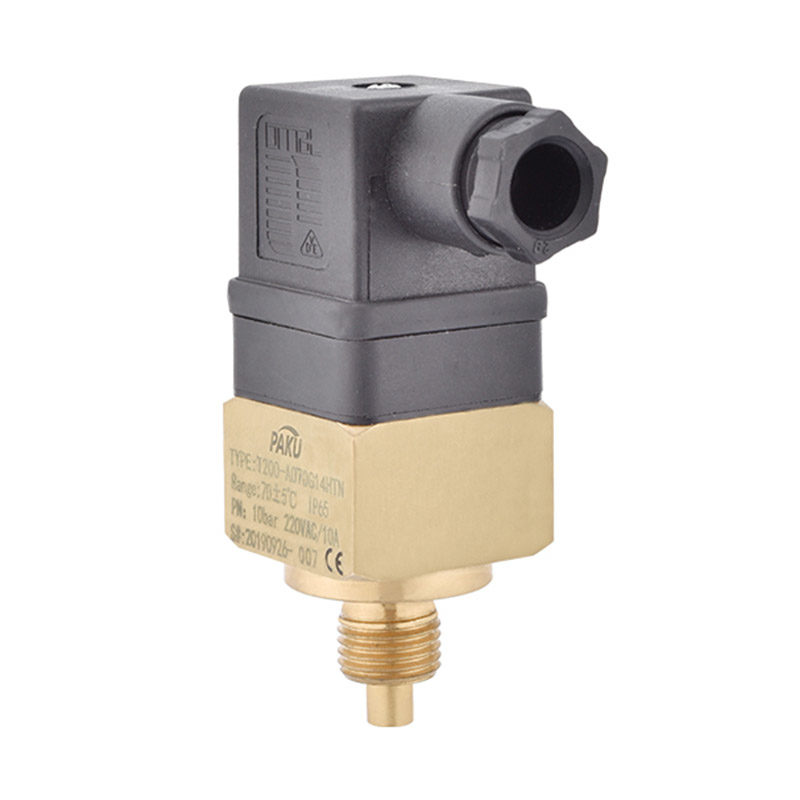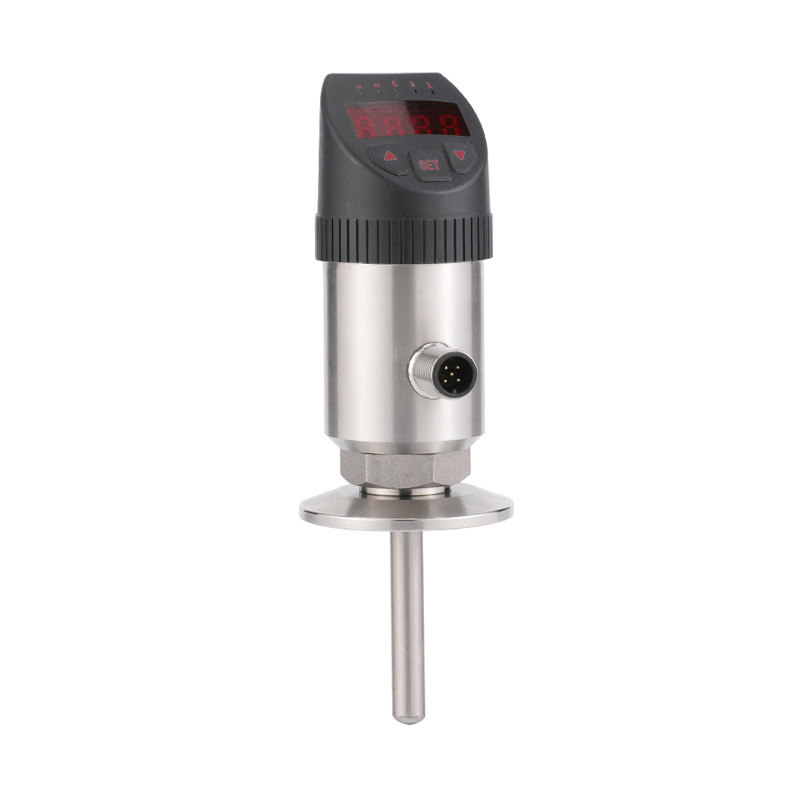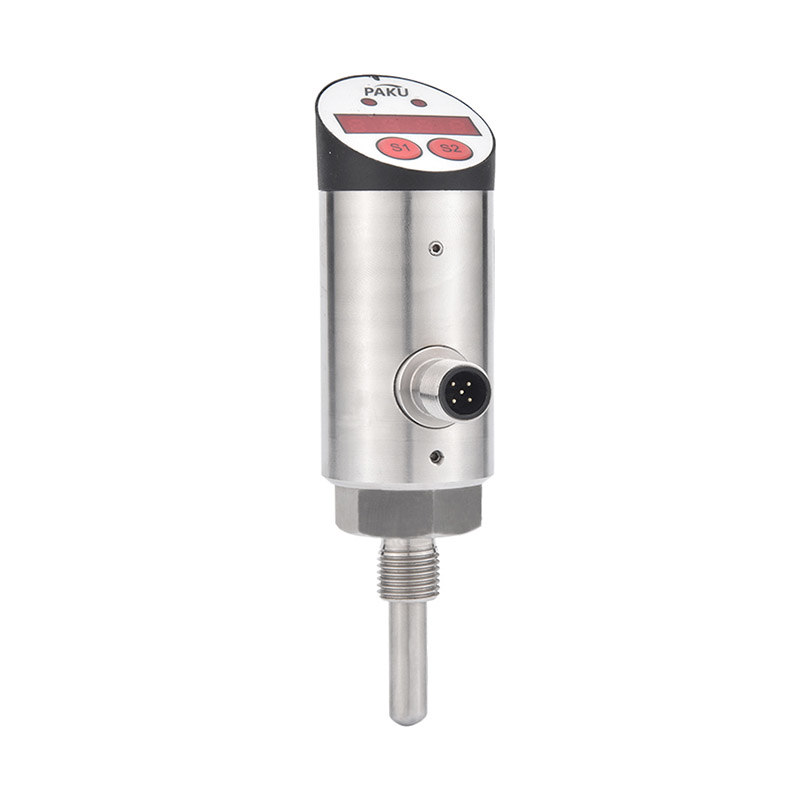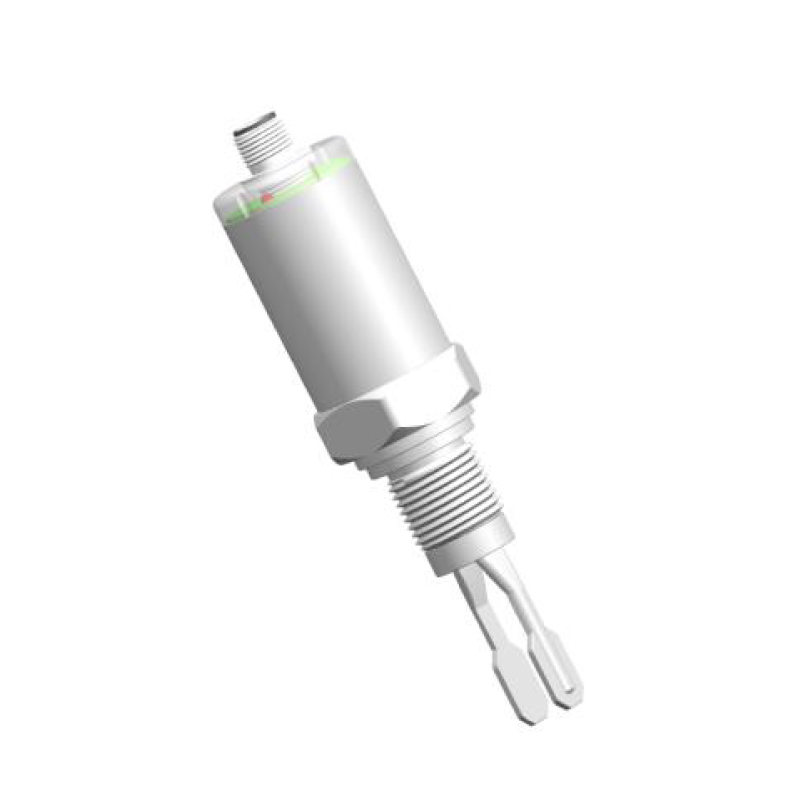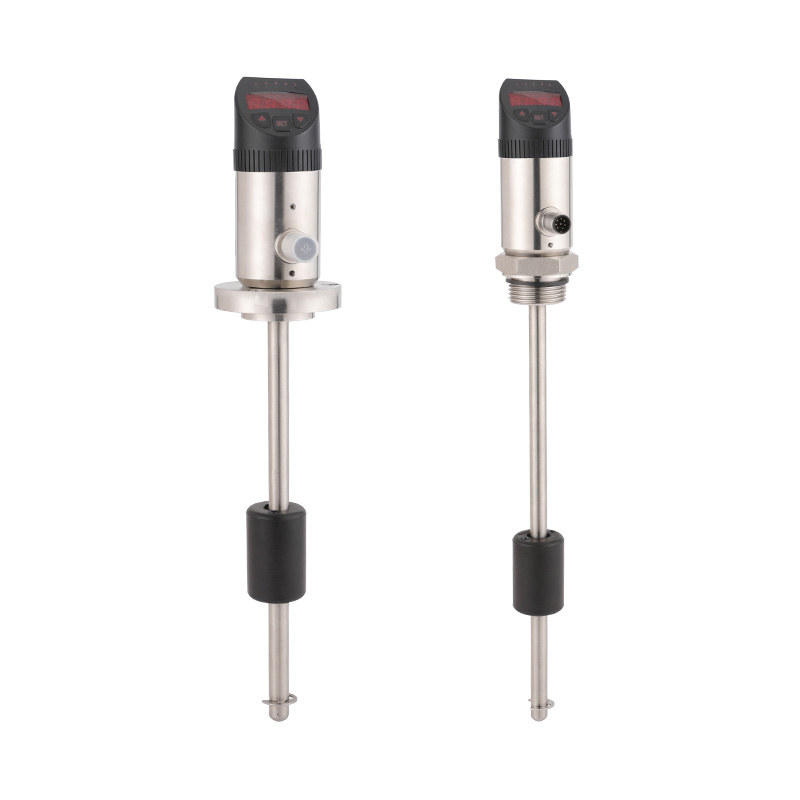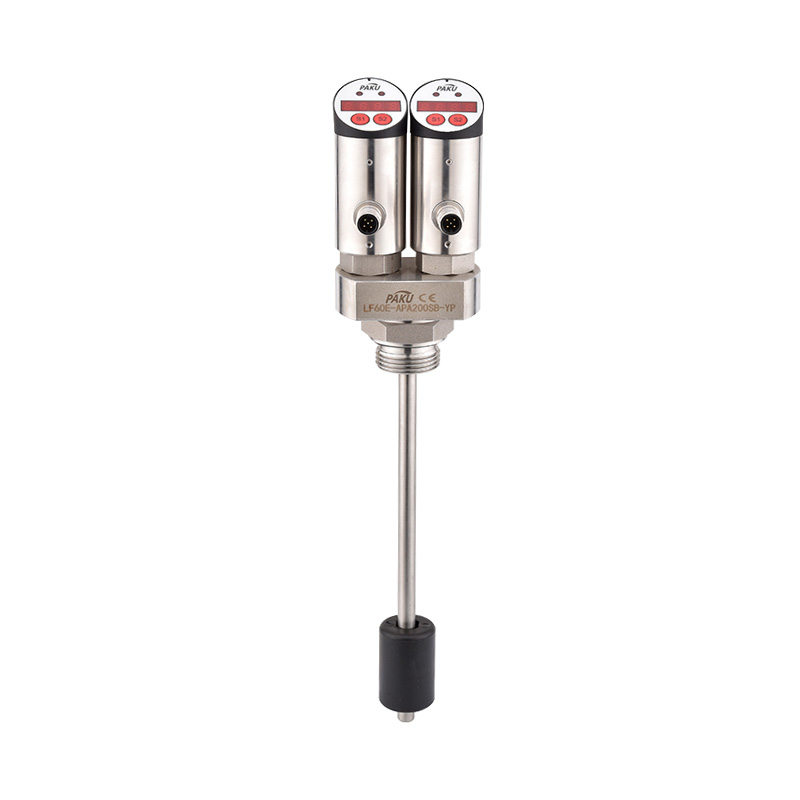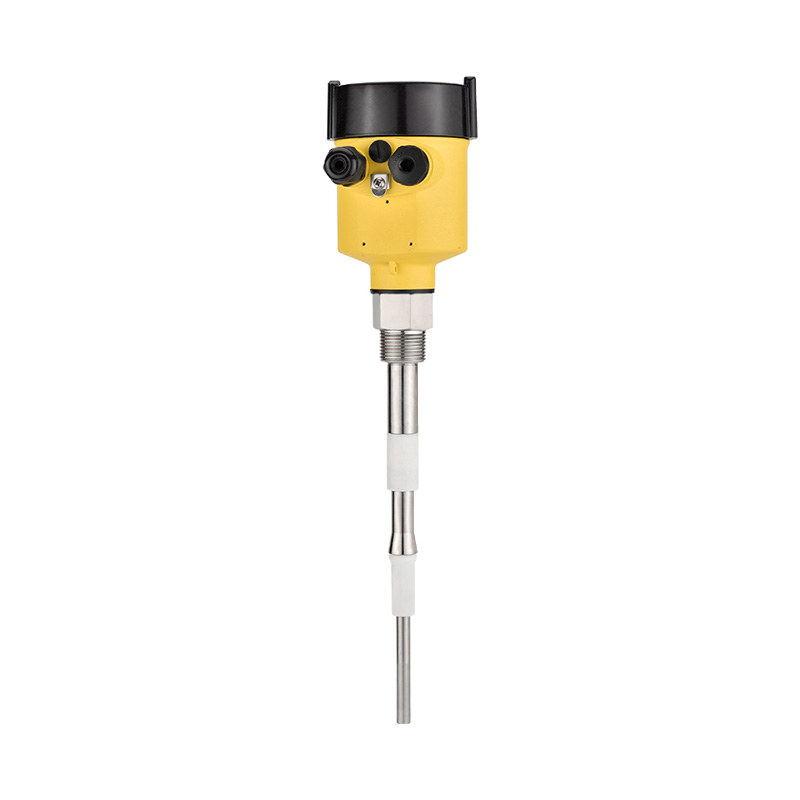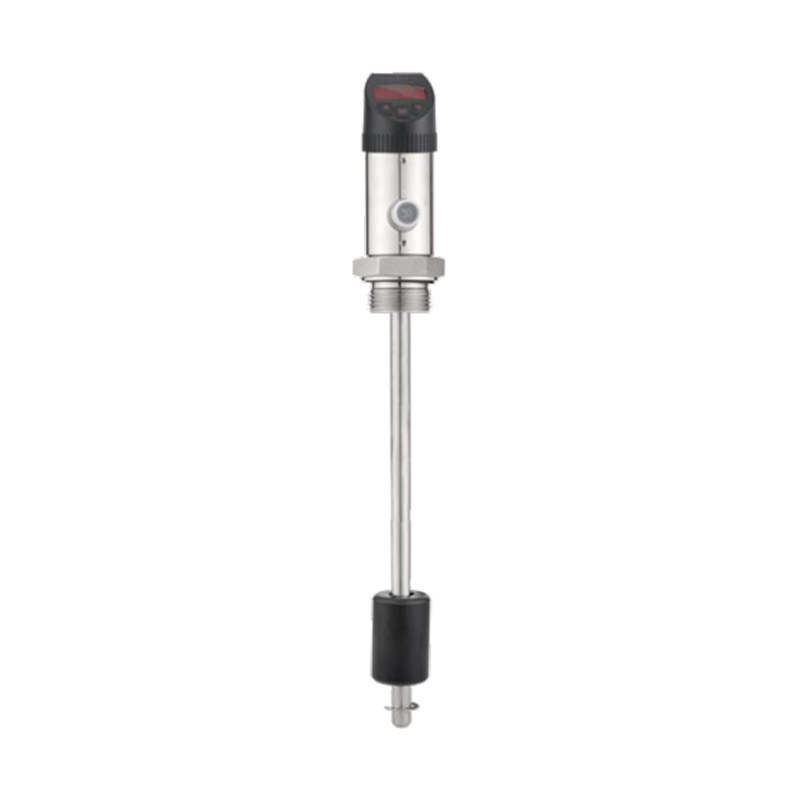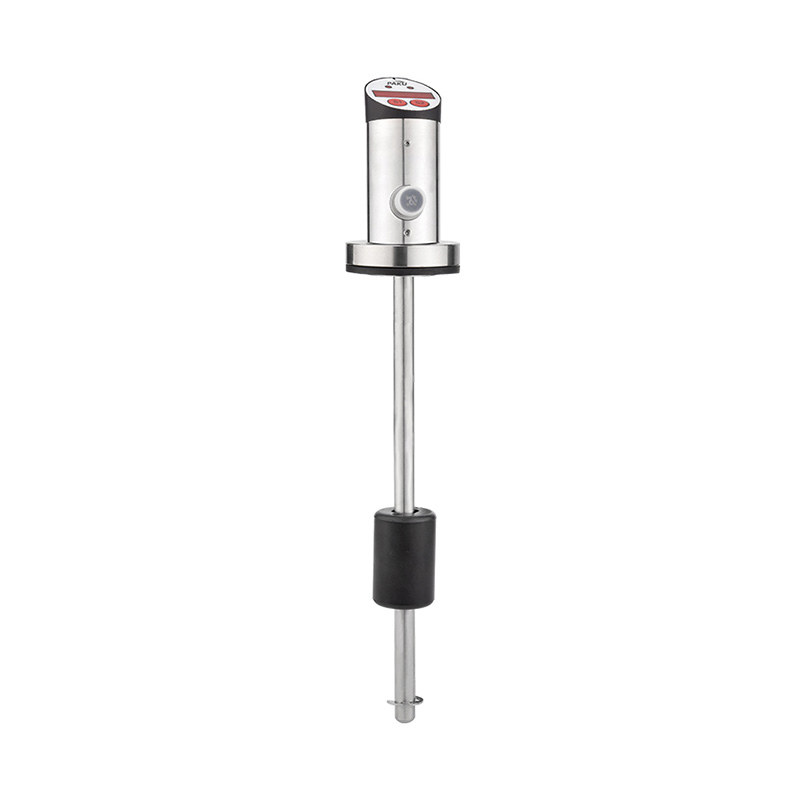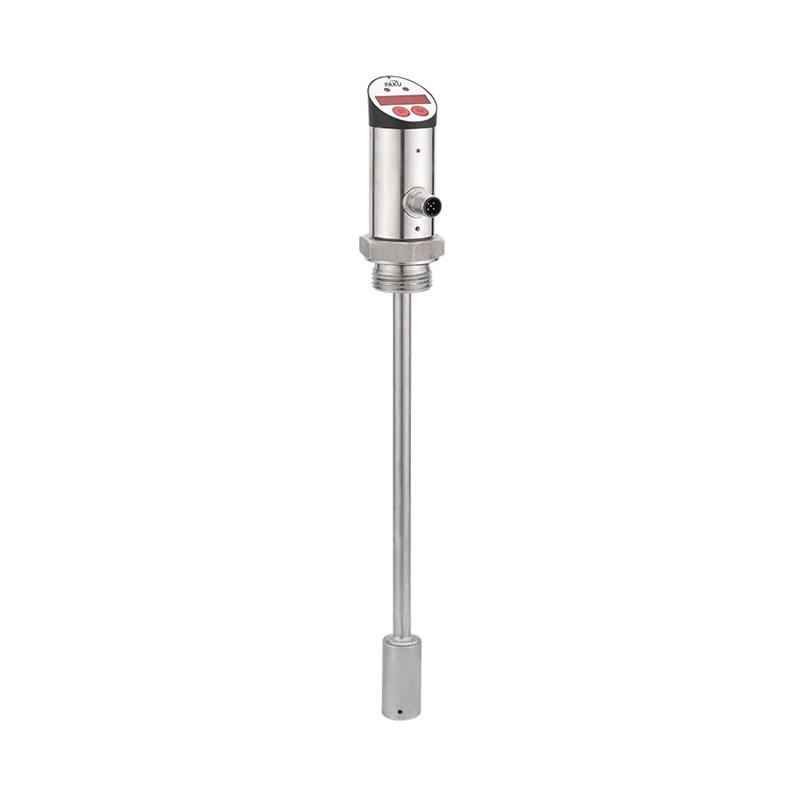If you need any help, please feel free to contact us
How does an electronic turbine flow sensor work?
1. Core Principle: Turbine Rotation
- An electronic turbine flow sensor measures flow by converting mechanical rotation into electrical signals.
- At the center of the sensor is a turbine wheel placed in the fluid path.
- As the liquid or gas flows, it strikes the turbine blades, causing rotation.
- The rotational speed of the turbine is directly proportional to the fluid flow rate.
2. Pulse Generation: Sensing the Rotation
- A magnetic or optical pickup sensor is positioned near the turbine.
- Magnetic type: each blade passing the sensor generates a small voltage pulse in a coil.
- Optical type: blades interrupt a light beam, creating digital pulses.
- Each pulse corresponds to a fixed volume of fluid, so pulse frequency reflects volumetric flow.
3. Electronic Signal Processing
- The pulses are converted into usable output signals by internal electronics.
- Outputs can be analog (e.g., 4–20 mA) or digital (e.g., pulse frequency, Modbus).
- Advanced sensors may include microprocessors for:
- Temperature compensation
- Flow averaging
- Error correction
- This ensures accurate and reliable flow data for controllers or monitoring systems.
4. Installation and Flow Conditions
- Accurate measurement requires a stable flow profile.
- Typically, a length of straight pipe is needed upstream and downstream.
- Flow conditioners may be added to reduce turbulence.
- Sensor housings are made of stainless steel or other corrosion-resistant materials to handle high pressure and various fluids.
5. Advantages of Electronic Turbine Flow Sensors
- High accuracy and repeatability (often ±0.5%).
- Fast response time, suitable for dynamic measurements.
- Wide measurement range from low to high flow rates.
- Compact design that integrates easily into existing systems.
6. Limitations and Maintenance
- Best suited for clean, low-viscosity fluids.
- Particles or debris can affect turbine rotation or cause wear.
- Regular maintenance and calibration are required for consistent performance.
7. Summary
- The sensor converts turbine rotation caused by fluid flow into an electrical signal.
- It provides reliable, precise flow measurement for industrial, fuel, water, and chemical applications.
- The combination of mechanical and electronic principles makes it a cost-effective and widely used solution.
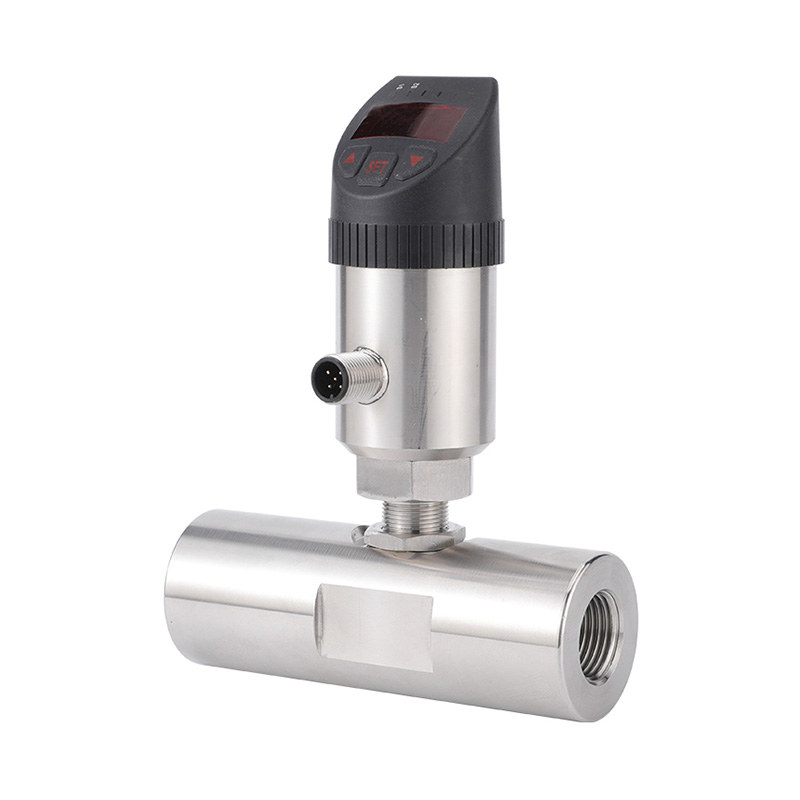
PREV: Are Liquid Level Equipment suitable for high-temperature liquids? It is the last article

 en
en English
English Русский
Русский España
España عرب .
عرب .